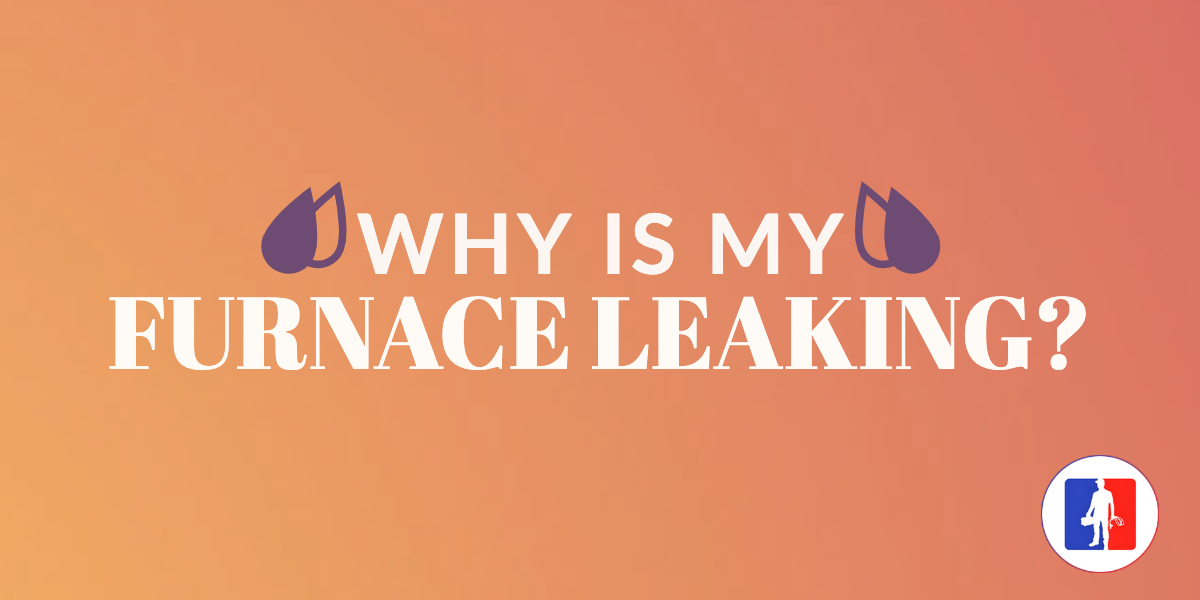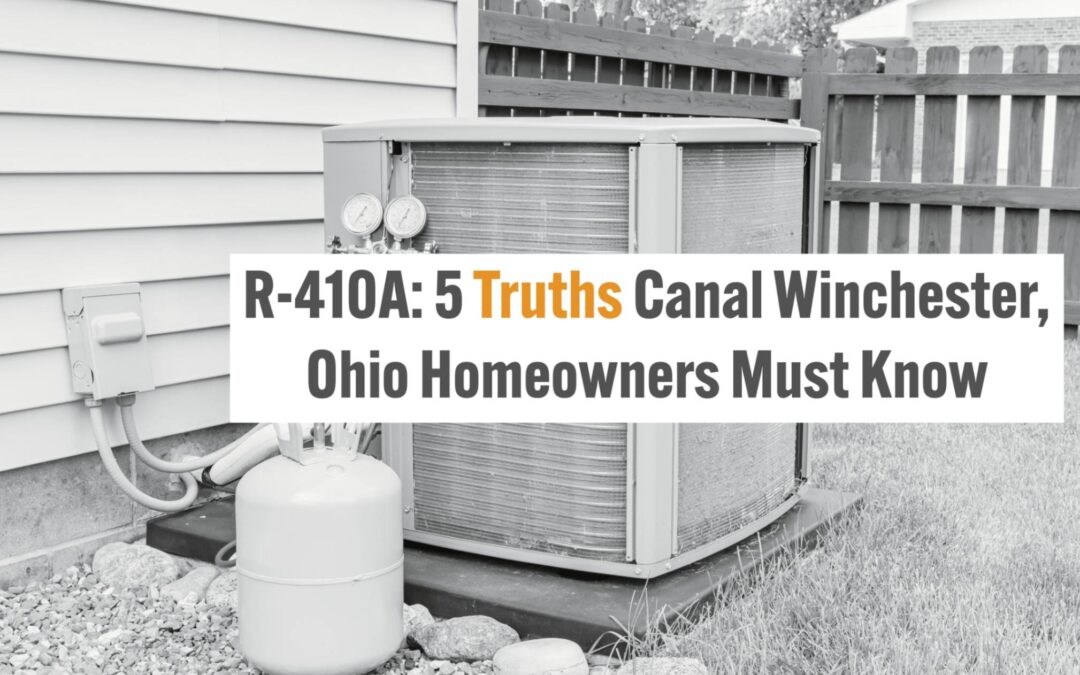There’s nothing quite like those first frosty Fall days when the temperatures take a big dip and you can turn up the heat and get cozy inside your warm home. But if you have a leaky furnace, things aren’t going to be very comfortable. Don’t let that happen. Your furnace may have a leak, and that leak and cost you your entire heating system. Take a few minutes to look around your system and if you see any indication that a leak may be present, take the necessary steps to keep your furnace working throughout the winter period.
Depending on whether you have a conventional furnace or a high efficiency one, there are specific issues that can cause a leak. The first step is to be certain that you know which type of furnace you have. There is an easy way to find out. On the outside of your furnace you will find the vent pipe. The vent pipe drains the condensed water from your system. If the vent pipe is made of metal, then the furnace is a conventional model. If it is made of white PVC pipe, then it is a high-efficiency model.
Once you have determined which type of heating unit you’re dealing with you can get some idea as to why it may be leaking. If your furnace is a conventional model, one of these issues may be the problem:
The Humidifier May Be Leaking
Furnaces have humidifiers to add healthy moisture to the warm air they produce that heat your home. The humidifier on a conventional style furnace is attached on the outside. On it are hookups for electricity, water, and drainage. If the humidifier’s drain becomes blocked, the condensed water cannot drain away. It backs up into the furnace where it can cause irreparable damage.
The Vent Pipe May Be Ineffective
The primary function of the vent pipe is to remove the gases produced by the system’s combustion process so that they cannot remain inside the furnace and condense, leaving moisture behind. This moisture collects and finds its way into your furnace, where it can do a great deal of damage. Sometimes a vent pipe is not sloped or curved sufficiently, or it is larger than it should be. If it is shaped incorrectly, then the gases can’t escape. If the pipe is too large, then air can get inside and block the only escape route the gases have. When they are trapped inside they condense, and the water leaks into various parts of your furnace. If your furnace is a high-efficiency model, your water leak may be a result of one of the following:
Condensate Pump, Drain, Or Humidifier Issues
In older homes, there are drains built into the floors. Most newer homes don’t have this feature. In homes where there is no floor drain, a condensate pipe must be used to remove water from the furnace. The pump is attached to the furnace and then to a drain line which carries the water out of the furnace and into the nearest drain. Should the condensate pipe get clogged, the water will overflow into your heating system. The excess water is removed from the furnace by the condensate drain. This drain is connected from the furnace into the floor drain and the water is carried out through it. When the condensate drain becomes clogged, the water backs up into the condenser pipe and into the furnace.
The humidifier serves to incorporate moisture into the warm air circulated throughout your home by your heating system. The humidifier can be easily located on the outside of your furnace. It is small in size and contains electricity, water, and drainage hookups. If either the humidifier’s filter or the drain becomes clogged, then the water will back up into your heating system and cause problems. The humidifier, drain line, and water feed tube are all outer components of the heating system. While this makes it easy to spot clogs, you must not attempt to remove them on your own. This can cause more damage. Contact a trained HVAC professional right away. The most effective way to avoid any of these issues is to have your furnace inspected and cleaned once a year by a certified HVAC technician. The best time to have this done is before putting your furnace into use for the Fall and Winter seasons. This will ensure that any problems will be found and repaired so that your furnace will work perfectly all winter long period
To schedule an annual inspection and cleaning of your HVAC system as well as for any other heating needs, or if you have questions, contact Canal Winchester Heating and Cooling at 6145244737, or visit our website at www.cwheating.com.







